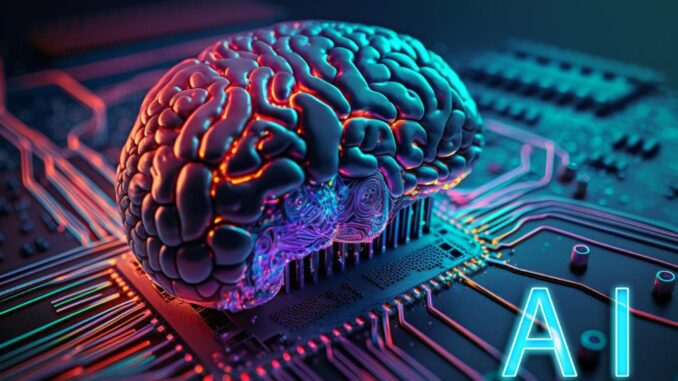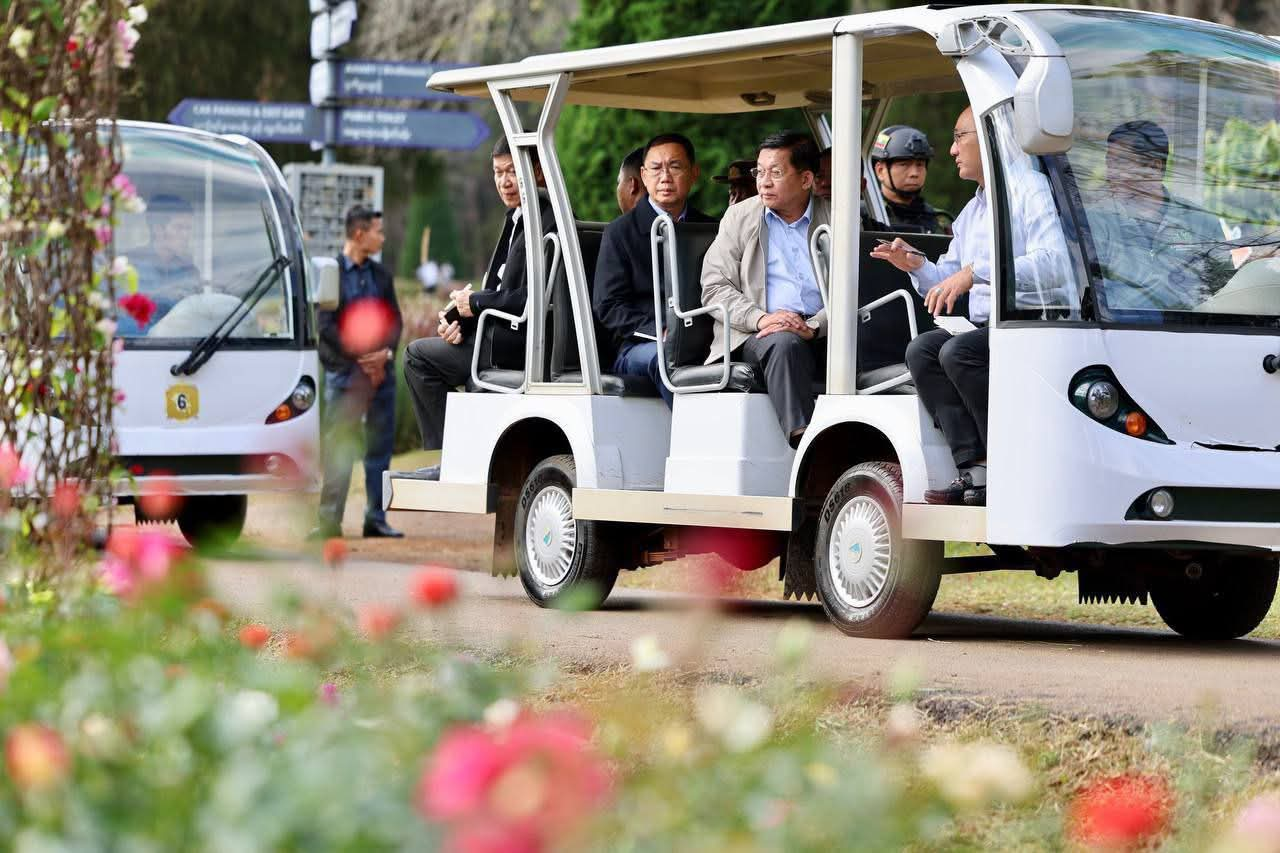
The term “deflationary nature of AI technology” typically refers to how advancements in artificial intelligence can lead to reduced costs and increased efficiency, impacting various sectors of the economy. Here are some key points to consider about this concept:
1. **Increased Productivity**: AI technologies automate processes and enhance productivity across industries. This can lead to lower production costs, which can result in lower prices for consumers. For example, AI can optimize supply chain management, reducing waste and improving resource allocation.









2. **Labor Substitution**: As AI systems become capable of performing tasks that were previously done by humans, there may be downward pressure on wages in certain sectors. This can occur if the labor market is flooded with workers who can no longer demand high wages due to job displacement caused by automation.
3. **Innovation and New Markets**: While AI may displace certain jobs, it also enables the creation of new products, services, and even entire industries. This can stimulate economic growth, leading to new job opportunities, albeit in different sectors. However, the transition may not be immediate, contributing to short-term economic disruptions.
4. **Data-Driven Decision Making**: AI systems leverage vast amounts of data to enhance decision-making and forecasting. Improved efficiency can drive down costs in sectors such as healthcare, finance, and manufacturing, resulting in lower prices and better services for consumers.
5. **Scalability**: AI technologies can scale rapidly without a linear increase in costs. This means that businesses can serve a larger customer base without proportionally increasing expenses. This can lead to economies of scale, driving prices down as competition increases.
6. **Competitive Pressure**: As more companies adopt AI technologies, those that fail to do so may be unable to compete effectively, leading to market consolidation. This can create a downward pressure on prices, particularly in industries where AI-driven efficiencies are significant.
7. **Quality Improvement**: AI can improve the quality of products and services, which may also relate to cost savings. For instance, predictive maintenance powered by AI can reduce downtime and extend the life of machinery, ultimately saving costs for manufacturers.
8. **Economic Displacement**: While certain industries may experience lower prices and improved services due to AI, others may suffer from economic displacement. Traditional sectors may struggle to adapt, leading to job losses and economic challenges in some regions.
9. **Potential for Redistribution**: If AI leads to significant deflation in certain sectors, there may be implications for wealth distribution. Companies that effectively leverage AI may see significant profits, while workers displaced by automation may face economic hardship, raising concerns about social equity.
In summary, the deflationary nature of AI technology can have complex and multifaceted implications for the economy. While it has the potential to drive down costs and improve efficiency, it can also lead to substantial disruptions in the labor market and economic inequalities, requiring careful consideration and management by policymakers.


Leave a Reply